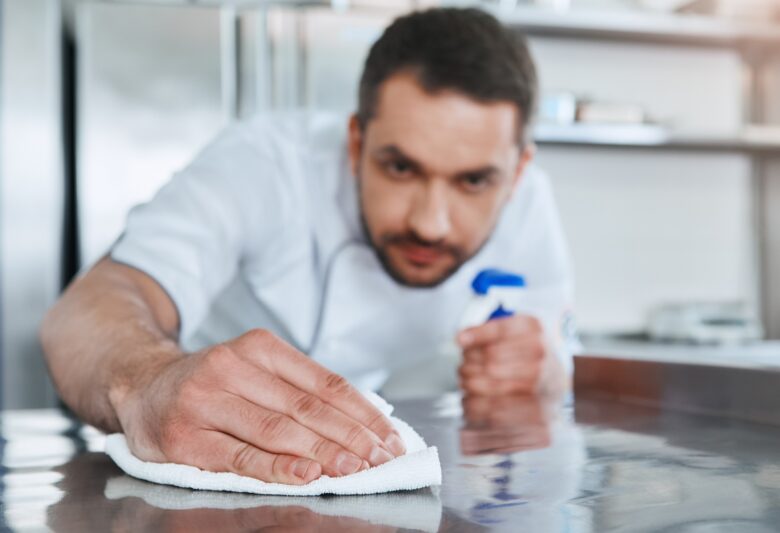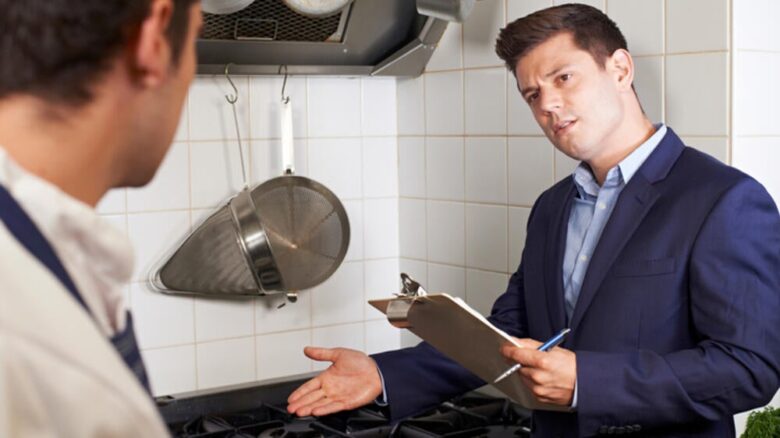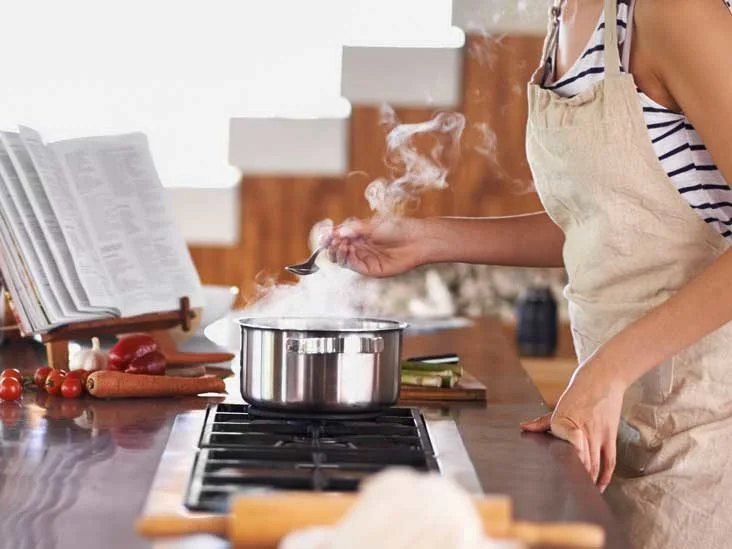Dining out offers a delightful experience cherished by many. However, it’s important not to ignore the crucial element of restaurant safety behind the scenes. From food handling to cleanliness and emergency preparedness, ensuring a secure environment for patrons and staff is an essential responsibility that restaurants must prioritize to maintain a seamless dining experience.
Here are five restaurant safety tips you should keep in mind.
Contents
1. Maintain A Clean And Sanitary Dining Environment

Maintaining a clean and sanitary dining environment is crucial for any restaurant to prevent the spread of germs and bacteria and ensure customers’ and staff’s health and safety. A dirty and unsanitary environment can lead to food contamination, which can cause foodborne illnesses and result in negative reviews and loss of business.
One approach to guaranteeing a clean and sanitary dining environment is to seek local assistance. If your establishment is located in the Dallas area, hire restaurant cleaning services Dallas businesses find easily accessible. These services have the expertise and equipment for comprehensive restaurant cleaning, covering kitchens, dining areas, and bathrooms. They also offer deep cleaning to remove stubborn stains and odors.
In addition to hiring a professional cleaning service, restaurant staff should also perform regular cleaning tasks throughout the day. It includes wiping down tables and chairs after each use, sanitizing high-touch areas such as menus and door handles, and regularly cleaning kitchen equipment and surfaces.
2. Ensure Proper Food Handling And Storage
Maintaining a safe and hygienic restaurant environment goes beyond the cleanliness of the premises. Proper food handling and storage play a crucial role in ensuring the well-being of your customers and staff. Here are some essential tips to keep in mind:
- Team Member Training: Ensure that all employees handling food are well-trained in food safety practices. They should be aware of the correct procedures for handling, preparing, and storing food items to minimize the risk of contamination.
- Temperature Control: Maintain appropriate temperature levels for storing different types of food. For example, perishable foods should be kept in a refrigerator at a temperature below 40°F (4°C), while frozen items should be stored at 0°F (-18°C) or lower.
- Raw And Cooked Foods Separation: Store raw and cooked foods separately to avoid cross-contamination. Use designated cutting boards, utensils, and storage containers for each type of food.
- Food Items Inspection: Check the freshness of your ingredients and discard any spoiled or expired items. It helps prevent foodborne illnesses and ensures the highest quality meals for your customers.
- Proper Labeling And Rotation: Label all food items with expiration dates and follow the ‘first-in, first-out‘ (FIFO) method to ensure that older items are used before newer ones. This practice reduces waste and ensures customers are served only the freshest ingredients.
- Pest Control: Implement regular pest control measures to keep insects and rodents from your food storage areas. It maintains a clean environment and prevents the spread of harmful bacteria.
By following these essential restaurant safety tips, you can ensure proper food handling and storage, contributing to a safe and enjoyable dining experience for all who visit your establishment.
3. Adhere To Local Health And Safety Regulations

Source: score.org
Familiarize yourself with local health and safety regulations specific to your area. Adhering to these standards safeguards the well-being of customers and staff and helps you avoid fines and potential shutdowns. Periodic inspections by health departments are conducted to ensure compliance with local regulations.
Preparing for these inspections involves regularly assessing your restaurant’s cleanliness, equipment maintenance, and staff training. Identifying and addressing any shortcomings allows you to maintain high standards, helping to avoid violations during official inspections.
Keeping up with evolving health and safety regulations is crucial. Stay informed about changes and updates to remain current with new requirements and best practices. Join local industry associations, participate in workshops, and seek expert advice. By staying up-to-date with local health and safety regulations, you can ensure your customers a safe and enjoyable dining experience.
4. Establish Clear Emergency Procedures
Being prepared for emergencies is crucial for the safety of your restaurant staff and patrons. Establishing clear emergency procedures can protect everyone in your establishment and save lives. Here are some vital guidelines to create and implement effective emergency protocols:
- Develop An Emergency Action Plan: Collaborate with your management team to create a comprehensive emergency action plan that covers various scenarios, such as fires, gas leaks, medical emergencies, and severe weather events. Ensure the plan is tailored to your restaurant’s needs and layout.
- Train Your Staff: Regularly conduct emergency training sessions for your employees, ensuring they know the action plan and their roles during an emergency. It includes learning the location of emergency exits, fire extinguishers, first aid kits, and other safety equipment.
- Designate Emergency Leaders: Appoint responsible and capable staff members as leaders who can take charge during a crisis. Train your designated staff to make quick decisions and direct employees and customers to safety.
- Install And Maintain Safety Equipment: Equip your restaurant with essential safety tools, such as fire extinguishers, smoke detectors, carbon monoxide alarms, and first aid kits. Regularly inspect and maintain this equipment to ensure it functions when needed.
- Have Clear Signage And Emergency Exits: Display visible signs directing customers to emergency exits and highlighting fire safety equipment locations. Keep all emergency exits clear and accessible at all times, with well-lit exit routes.
With clear emergency procedures and staff training, you ensure a safer restaurant environment, protecting customers, employees, and your business reputation.
5. Implement Safe Cooking Techniques And Temperatures

Source: healthline.com
It’s crucial to employ safe cooking techniques. Secure methods involve properly handling raw ingredients, preventing cross-contamination, and utilizing suitable cooking methods. Educating your staff on these practices is important to guarantee food safety and avert the spread of foodborne illnesses.
Ensuring food is cooked at the right temperatures eliminates harmful bacteria and maintains food safety. Ensure you and your staff know the recommended minimum internal temperatures for various food types, such as poultry, meat, seafood, and eggs. Use food thermometers to precisely measure the internal temperature of dishes, confirming they reach safe temperatures before serving.
It’s also necessary to address the issue of cross-contamination, which occurs when harmful bacteria transfer from one food item to another, posing a risk to food safety. Adhere to proper food handling procedures, including separating raw and cooked foods, using different cutting boards and utensils for different food types, and regularly cleaning hands and surfaces.
Takeaway
Following these five crucial restaurant safety tips improves the security and enjoyment for patrons and staff. By focusing on food handling, cleanliness, training, and emergency readiness, restaurant owners can create a memorable experience while protecting everyone’s well-being. Embrace these important steps, and let your restaurant be recognized for its tasty cuisine and dedication to safety.
